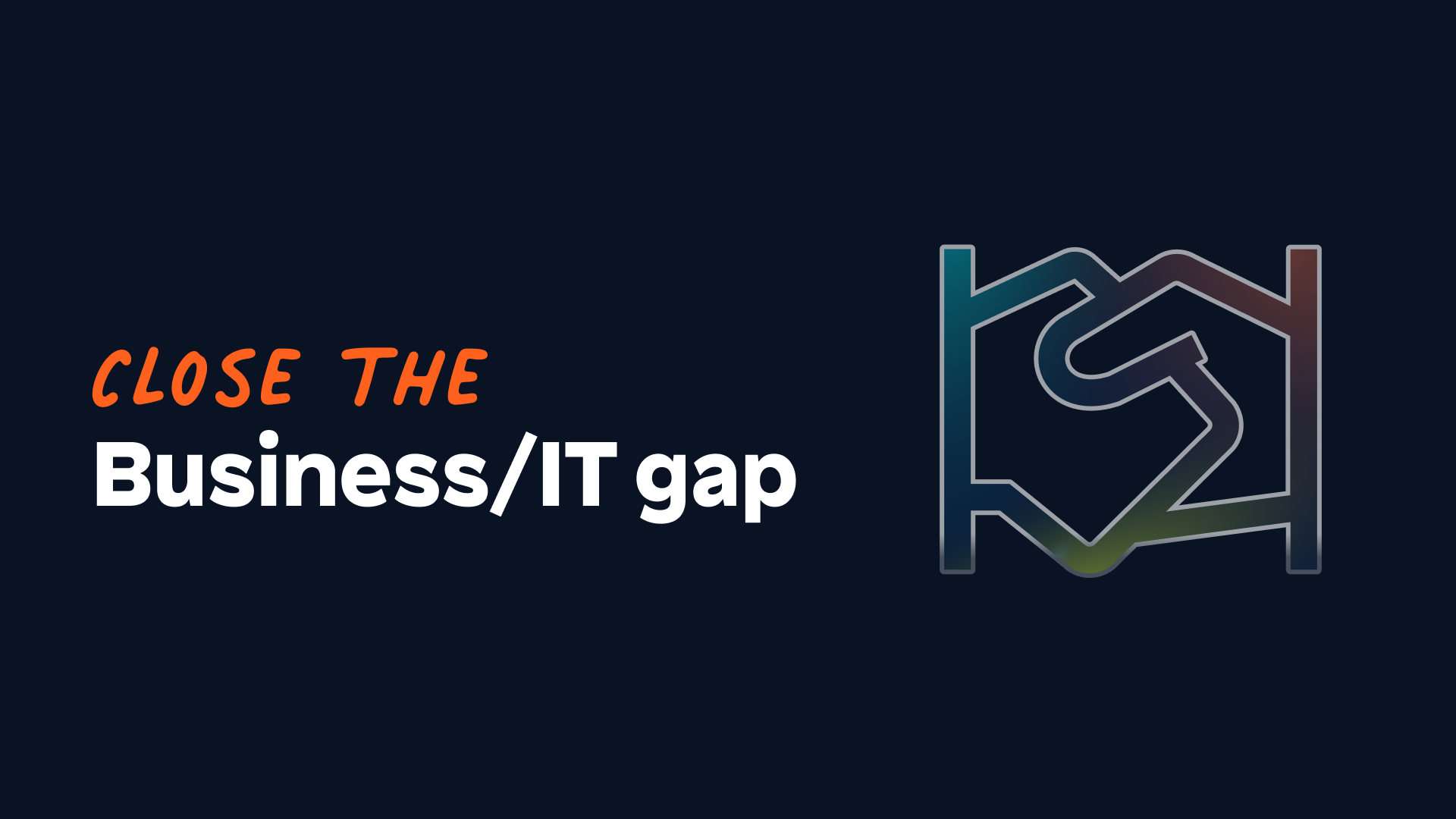Is it the End of Citizen Development?

There’s a lot of information out there about low-code and citizen development. Over the years, Mendix has even led a lot of that discussion. You couldn’t be blamed for seeing the two as linked.
But as our industry evolves, here’s a new truth. The idea of citizen development, as it’s traditionally defined, is done. So, now what?
Evolve past citizen development
Gartner’s definition of “citizen development” starts with: “A citizen developer is an employee who creates application capabilities for consumption by themselves or others, using tools that are not actively forbidden by IT or business units.”
Pretty big and broad but that doesn’t say a lot about how it actually plays out.
Here’s what we observe at Mendix. “Citizen development” usually means people doing straightforward tasks and automation with easily approachable technology (like low-code).
That has its uses, but it severely underestimates just how tech-savvy today’s workforce is. It also doesn’t consider the enthusiasm people have, or the amount of complexity platforms like Mendix are capable of.
Almost everyone entering today’s workforce knows how to use smartphones. They also know how to work with Excel functions and similar applications. Many will also be familiar with visual tools for video and photo editing due to the rise of social media.
With that in mind, what we’ve thought of as citizen development needs to change to meet this new reality.
The hard truth about citizen development
We see this play out in the Mendix community all the time. 70% of Mendix developers in Studio Pro have no background as professional developers. Further, 26% of Mendix developers identify as self-taught.
That data helped lead to our decision to merge our Studio and Studio Pro platforms into a single low-code IDE.
As Mendix Chief Product Officer Hans de Visser notes, “The developer spectrum is changing, and we are doubling down on our efforts to support the entirety of that spectrum.”
Over time, we’re seeing novice developers rapidly advance their skill sets and move from Studio to Studio Pro.
Citizen developers working in one space and more seasoned developers working in another create a walled garden. That only hurts the development process, leads to shadow IT, and opens you up to risk.
Mendix is the only low-code platform capable enough to enable full-stack development on complex projects across the enterprise, regardless of experience or expertise.

Hyper-focusing on the Studio Pro experience offers many advantages:
- Pro developers, niche developers, novice developers, and business technologists can all use the same IDE. This includes shared models, logic, and components.
- Better collaboration
- Higher quality apps
- Access to our AI logic and performance bots
- More control over versioning
A recent survey of our developer community showed that more than 40% of respondents work in teams that blend low-code, no-code, and code. When you see that, the lines between business and IT development are blurring more all the time.
Consider the evolution of fusion teams over the past several years. Gartner says, “The rise of fusion teams shows that the boundaries between IT and the rest of the business are blurring at an accelerated rate…Organizations with distributed delivery and risk-reducing tactics can transform their digital businesses 150% faster than those running initiatives in one centrally managed IT team divorced from the legacy business.”
The magic is giving developers throughout an enterprise the ability to build, collaborate, and help the business. That’s where Mendix customers see value.
This means further movement toward business-led development and where Mendix sees the future. Mendix 10 represents the latest step there, and that work will continue.
More from Gartner:
- 67% of CEOs want more technology work done directly within business functions.
- 73% of managers outside IT want more business technologists on their teams.
The demand is there.
Meet that demand with the right tools, and your teams will use the tools and train their development and innovation muscles. Better solutions from across the enterprise and a more savvy, more engaged workforce? Those are better results, no matter what terms you’re using.
Into the new future
So, is the transition so simple as saying goodbye to the old way of citizen development? No, but embracing the present and future rather than the past is an excellent start.
After all, low-code was built on the idea of a faster, better alternative to the status quo. That ideal still holds true, but the picture continues to change all the time. And as it does, so do our use cases and definitions.
You, of course, need the right toolkit. That means an environment flexible enough to match coders at all levels. It also needs to be robust enough to handle complex projects.
Further, your toolkit must enable collaboration. Better collaboration provides the ability to handle more complexity. Put that together and you get better outcomes.
If you like, look at it from the opposite direction. Walling people off makes it harder to collaborate. That then leads to pockets of people across the business creating in isolation. And that’s just a different kind of shadow IT, so your governance strategy and tools are also critical.
This becomes even more true when you think about technologies like AI making their way into development. Seeing what’s happening where and how it affects the rest of the ecosystem has never been more critical.
The people and the process are everything here. Leaders provide access to tools and the training to back that up. On top of that is the willingness to experiment. Let people test, build, and play.
Will there be failures? 100%. But those failures are learning points to get into more complex solutions. And when there are successes, shout them from the rooftops! According to Gartner, organizations that effectively support business technologists are 2.6x more likely to accelerate digital transformation.
These ideas drive Mendix in everything that we do and will continue to. That means putting the right tools and strategies into enterprises’ hands and enabling them to be leaders and innovators. That looks different than it did two years ago, and it’ll look different in two more years.
Goodbye to old definitions, hello to new paradigms
The world moves too fast to worry about definitions and building artificial boxes around them. Doing that is how leaders become laggards.
What you call business-led development doesn’t matter. What does matter is focusing on the toolset, the process, and the people to get to the right outcome.
Citizen development is dead. Long live citizen development.
